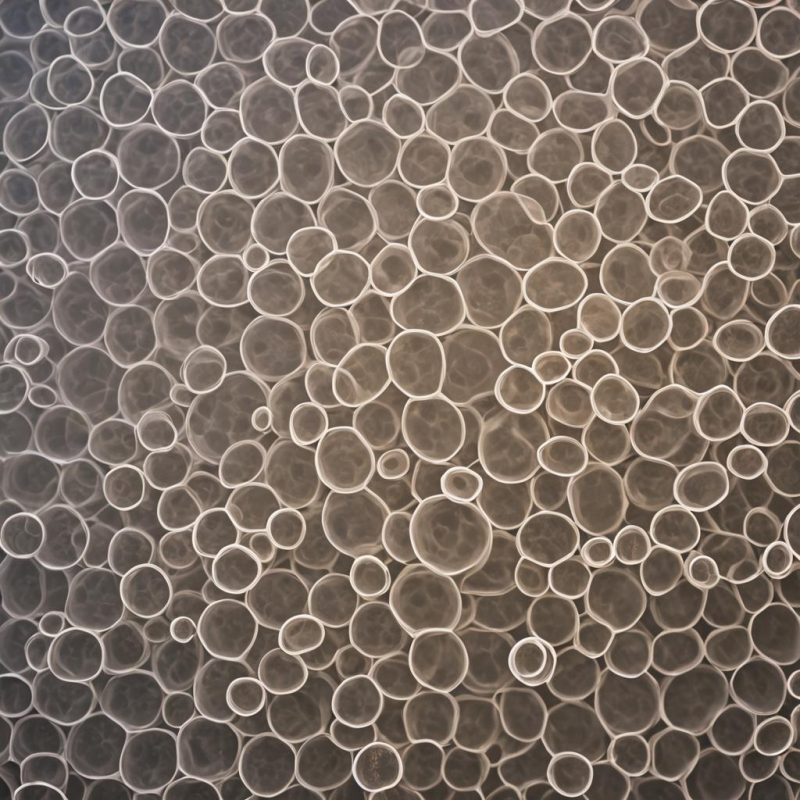By: Hannah Actor-Engel, Ph.D.
Stem cells are gaining traction as a viable therapeutic in regenerative medicine. From neurodegeneration to cardiac arrest, mesenchymal stem cells (MSCs) are at the forefront of therapeutic investigation. During therapy, MSCs can be delivered to the patient as native cells (not expanded in culture) or following a culturing period [1,2].
Culturing MSCs is performed to deliver a reliable, reproducible product with scalability. But what is lost in that process?
Stem Cell Morphology and Characteristics
Culturing stem cells involves growing harvested cells on a dish with supportive nutrients and growth factors. MSCs are able to differentiate into a variety of different cell types based on their environment. While strides have been made to make life-sustaining culture environments, including the development of three-dimensional (3D) cultures, they are still not a perfect replica of the cell habitat in vivo[3].
MSCs in vivohave diverse morphological characteristics as well as varied gene and protein expression. The culturing process serves as a selection process based on individual cellular characteristics. For example, in 2D cultures, adhesion to the dish is necessary for survival. MSCs lacking specific adhesion proteins will die before therapeutic harvesting [4].
Due to the culture selection process, native MSCs tend to include a more diverse population of cells than cultured MScs. Cells in culture lack varied morphological and molecular characteristics. The characteristics are also frequently different [5].
Cell Potency
Native MSCs have multipotency, the ability to differentiate into many cell types. Cultured MSCs also have potency, but they are sensitive to their culturing environment. The specific culturing conditions can change their ability to differentiate. The level of oxygen and types of cytokines present in the culture medium affect MSC differentiation potential [6]. Based on the types of cells that are selected during culturing, cultured cells often have less potency overall [4].
Additionally, the donor of cultured MSCs can affect their potency. In an in vitrostudy that examined characteristics of MSCs from 6 donors on their ability to produce multipotent cultures, there were several standout features to the MSCs. High-growth MSCs tended to have longer telomeres and were smaller [7].
Safety and Risk of Contamination
Native cells run the risk of containing contaminating pathogens from the donor. This is why Leocorps Inc. uses rigorous, FDA-compliant screening protocols for excluding virally infected MSCs.
Host Cell Immunity and Genetics
Whether the MSCs come from culture or are direct from a host, they may contain intrinsic mutations in their genome. Any of these mutations could present problems for the patient receiving the MSCs. Congruently, the patient’s immune system could detect these cells as foreign and result in immune system rejection [8].
Induced pluripotent stem cells (iPSCs) can pose particular threats of introduced mutations. iPSCs are frequently used to create MSCs in vitro. Lentiviruses used in the genetic engineering of iPSCs can cause mutations in the genome [8].
Tumor Development
All stem cells with differentiation potential pose a risk of differentiating into unintended cell types or tissues. Cultured cells include these risks.
Culturing MSCs often requires many passages of cells. This is especially true in the case of iPSCs. The likelihood of tumor-containing mutations increases with increasing cell passages. This makes tumorigenic mutation in cultured MSCs more probable than in native cells [8].
References
1. Marino L, Castaldi MA, Rosamilio R, et al. Mesenchymal stem cells from the Wharton's jelly of the human umbilical cord: biological properties and therapeutic potential. Int J Stem Cells. 2019;12(2):218-226. doi:10.15283/ijsc18034
2. Saleh R, Reza HM. Short review on human umbilical cord lining epithelial cells and their potential clinical applications. Stem Cell Res Ther. 2017;8(1):222.. doi:10.1186/s13287-017-0679-y
3. Habanjar O, Diab-Assaf M, Caldefie-Chezet F, Delort L. 3D cell culture systems: tumor application, advantages, and disadvantages. Int J Mol Sci. 2021;22(22):12200.. doi:10.3390/ijms222212200
4. Jones E, Schäfer R. Biological differences between native and cultured mesenchymal stem cells: implications for therapies. Methods Mol Biol. 2015;1235:105-120. doi:10.1007/978-1-4939-1785-3_10
5. Delorme B, Ringe J, Gallay N, et al. Specific plasma membrane protein phenotype of culture-amplified and native human bone marrow mesenchymal stem cells. Blood. 2008;111(5):2631-2635. doi:10.1182/blood-2007-07-099622

